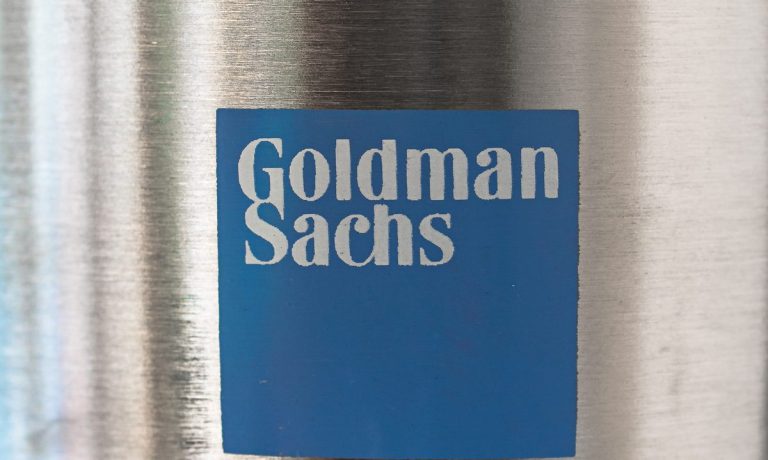
Despite the macro headwinds, the volatility in investment and Wall Street related businesses, Goldman Sachs continues to make headway in its consumer-facing segments — including with Marcus, the online-only bank.
CEO David Solomon said on a conference call with analysts to discuss first-quarter earnings results that the stage is set for a continued challenge to the legacy players in financial services.
“In terms of our aspirations to build the leading global, digital consumer bank, a lot of the pieces to the puzzle are in place at this point,” he said. “Many of those investments have been made.”
He added that “we feel really good about the progress across the various lending and deposit platforms that we have invested in and built out.”
Active customers in the consumer space of Goldman’s operations number more than 13 million as of the latest quarter, where that number had been less than 10 million in the fourth quarter.
Total consumer and wealth management-related revenues came in at $2.1 billion, up 19% year on year. The unit includes Marcus. Management said on the call that thus far Goldman/Marcus has not increased its rates paid on savings.
Drilling down into the earnings supplementals, the company said that consumer banking net revenues gained 30% to $483 million, driven by its credit card business.
Credit card related loans were $11 billion, up from $4 billion last year and $8 billion in the fourth quarter of last year. The company said in its filings that the boost in card loans came as Goldman acquired the General Motors co-branded credit card portfolio.
Installment loans in the most recent quarter were $4 billion, basically unchanged from the fourth quarter of 2021, and up from the $3 billion logged in the first quarter last year.
Chief Financial Officer Denis Coleman said on the call that firmwide assets under supervision in consumer and wealth management stood at $738 billion in the most recent quarter, up from $637 million last year.
“As we continue to expand our consumer business and grow our lending activities, we are cognizant that macro headwinds and inflationary pressures could potentially weigh on payment rates and net portfolio performance,” he said.
Targeting Loan Growth
Commentary on the call indicated that Goldman will look to spur loan growth across the consumer platform, across installment loans, on cards, and with the recent acquisition of buy now, pay later (BNPL) enterprise GreenSky (the deal closed in September of last year).
As GreenSky continues to originate loans, Goldman management indicated that it would take those loans onto its balance sheet, and where origination volumes were $1.5 billion in the first quarter.
Provisions for credit losses in the latest quarter were $561 million versus $344 million, tied in part to the growth in card loans.
During the call with analysts, Solomon said that “we’ve grown used to low inflation, low interest rates and the free flow of people and goods across national borders. I believe we’re entering a period where that won’t be the case. The consequences for financial markets will be meaningful.”
Goldman, he said, is focused on building a “more resilient, diversified franchise.”
Looking ahead, said Solomon, the company is on track to launch checking services more broadly to its clients later this year.
“We’re already piloting this internally,” he said on the call. “And [checking] will be an important piece of the product roadmap for us.”
Most of the investment needed to get to a $4 billion revenue target for the consumer banking segment has been completed, he added.
Solomon said that the ongoing partnership with Apple (including on cards) remains “very strong.”
With a nod toward other digital efforts, when asked on the call about blockchain initiatives, Solomon said the firm is following a “regulatory lead” that so far for larger banks is “restrictive.” That’s a situation that may not change much in the current year, he told analysts.
“But in terms of how blockchain supports the infrastructure, the payment systems and financial markets, we’re extremely engaged and invested in thinking about how Goldman Sachs can participate,” he said.